Finding Your Transitional Point in 2023
“Most men pursue pleasure with such breathless haste that they hurry past it.”
― Soren Kierkegaard
Helllllloooo Practitioners,
During the holidays there is a meltdown of routine and normalcy. Rather than rush back to old ways, I encourage you to savor and stretch out what the Yoga Tradition calls a sandhi. A transition point.
Depending on the context, sandhi translates to critical juncture, opportune moment, interval, pause, or rest. The word is used in Ayurveda (the science of longevity), Jyotish (the science of light, commonly called vedic astrology) and Vastu (the science of dwelling, similar to feng shui).
Sandhi are noted and sought out because it’s time or space that is less formed and therefore ripe for transformation. Examples of sandhi are doorways, crossroads and intersections. Joints in the body. Dawn and dusk. The pause between inhale and exhale. Places where elements intermingle like the mountaintop (earth and sky) and the riverbank (earth and water).
Traditionally, you practice at transitional moments - dawn or dusk - and in transitional spaces - the mountaintop, by running water, near the roots of a tree - to take advantage of being "less formed" and more able to transform.
In the body, sandhi include hands and feet, where the sacrum transitions into lumbar spine, where the spine meets the skull. A less obvious but wildly powerful sandhi is the respiratory diaphragm. This is the muscle of breathing, the dividing line between upper and lower, the regulator of intra-abdominal pressure.
If you lack awareness here, it feels like a gap or chronic disconnect. You bounce around the body without coherence. It can show up as not sensing your pelvic floor, losing track of your feet, or being confused by the alignment of head and neck.
However, if your awareness is strong, this sandhi becomes a bridge. You sense your wholeness. There is consistent connection from heels to head. And that’s just the beginning.
In your body, the respiratory diaphragm influences the abdominal organs (especially the organs of digestion), deep core (especially pelvic floor), and the vagus nerve.
In your breath, a refined relationship with the respiratory diaphragm increases your lung capacity, oxygen exchange, influences your heart rate and blood pressure.
In your being, rhythmic breathing activates the parasympathetic nervous system to create calm confidence. An openness and receptivity that is palpable and powerful.
The benefits of connecting with this part of your body are almost endless. I'll fit in as much as I can during a 2-hour, in-person masterclass at Padma Studio in Fairfax on Friday, 1/27. Sign up here.
May your practice guide you through transitional spaces.
Alison

